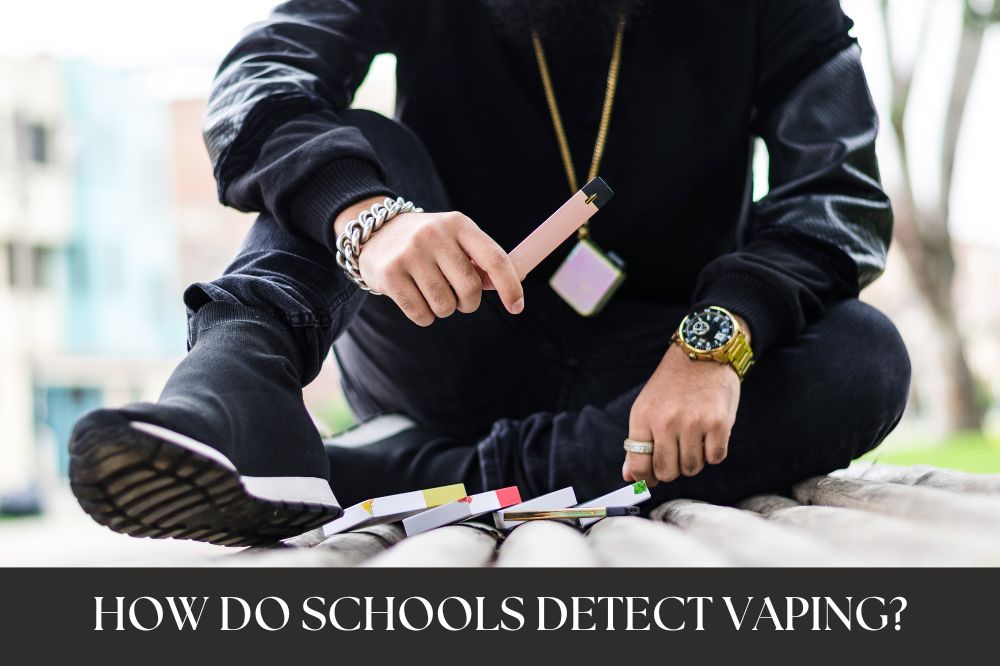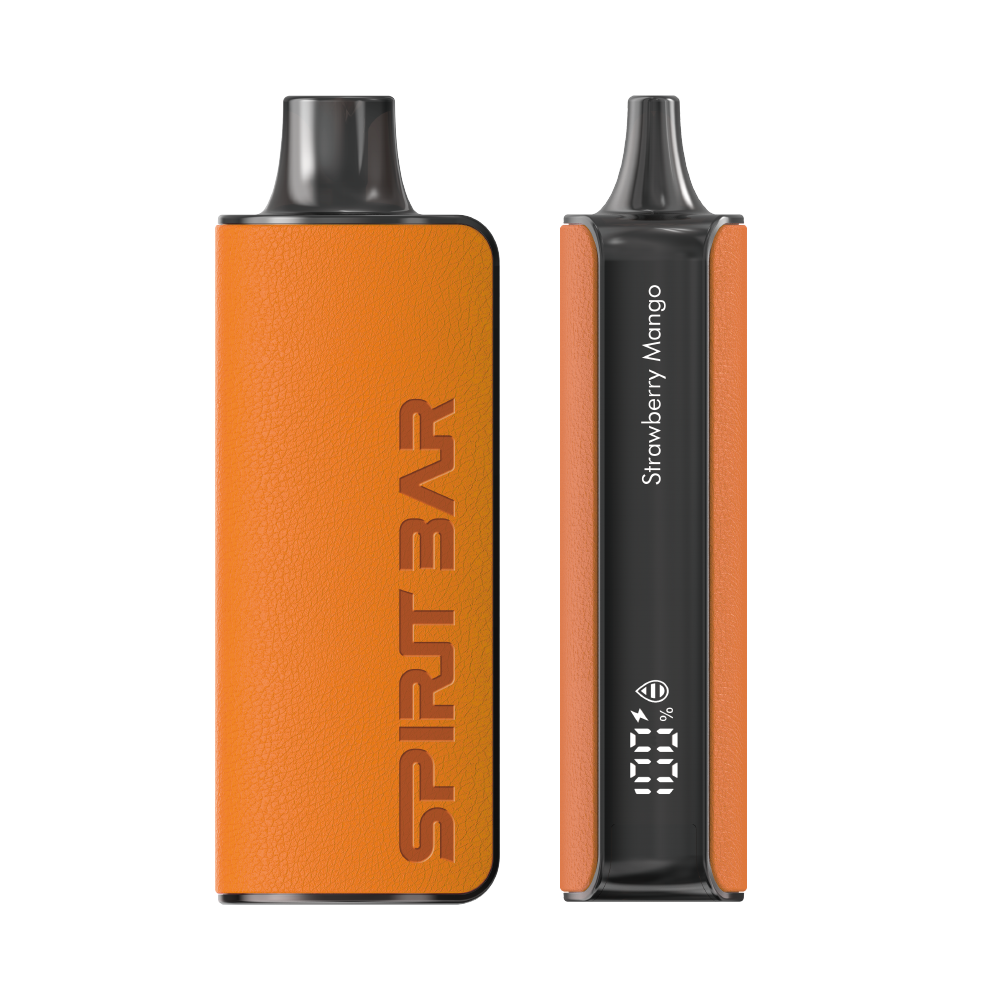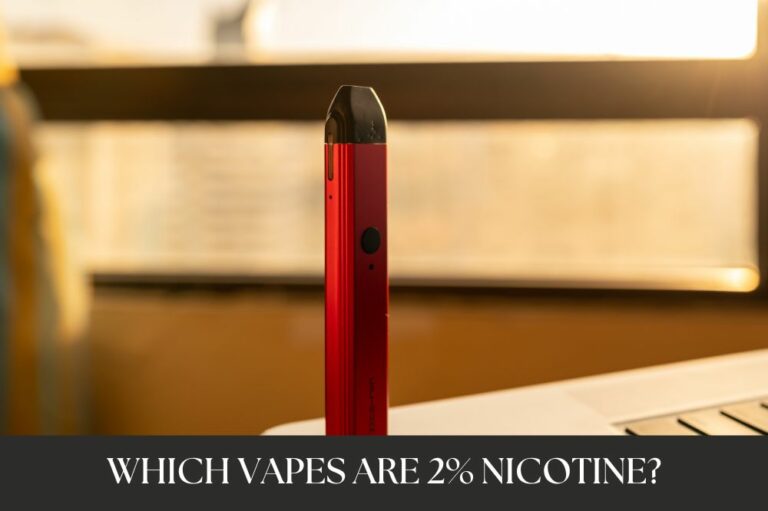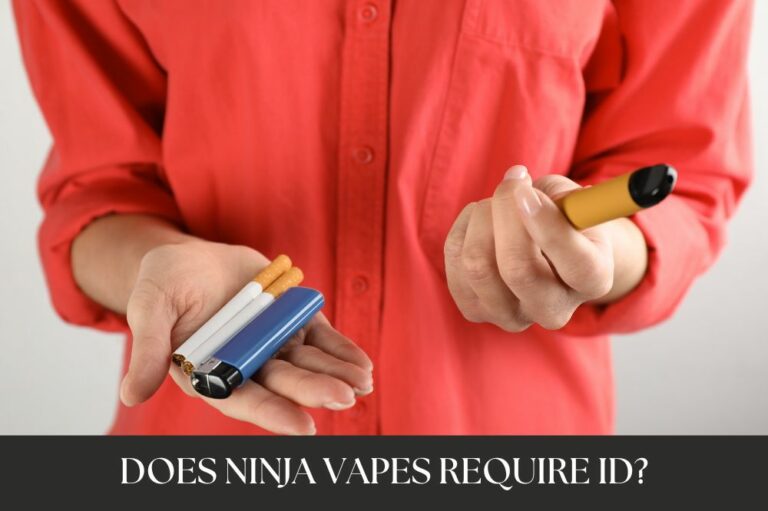
Are you wondering how schools detect vaping on their premises? With the rise of e-cigarette use among students, schools have implemented various measures to detect and prevent vaping on their grounds. These measures aim to create a safe and healthy environment for all students while also respecting their privacy.
One method schools use to detect vaping is through the use of surveillance cameras. Schools may install cameras in areas where vaping is most common, such as bathrooms and locker rooms. These cameras can help staff monitor suspicious behavior and identify students who may be vaping. However, it’s important to note that schools must balance the need for surveillance with students’ right to privacy.
Another method schools use to detect vaping is through the use of vape detectors. These detectors can detect the chemicals and particles released by e-cigarettes and alert staff when vaping occurs. Some detectors even have the ability to pinpoint the location of the vaping. While vape detectors can be effective, they can also be expensive and may not be foolproof as some students have found ways to circumvent them.
The Problem of Vaping in Schools
Vaping has become a major problem in schools across the United States. According to a report by Education Week, 20% of high school students and 5% of middle school students reported using e-cigarettes in 2020. This is a significant increase from previous years, and it has led to serious health concerns for students.
One of the biggest issues is that many students are vaping in school bathrooms, which makes it difficult for teachers and administrators to detect and prevent. Vaping devices are often small and easy to conceal, and the vapor they produce dissipates quickly, making it hard to detect.
Another problem is that many students do not realize the health risks associated with vaping. E-cigarettes contain nicotine, which is highly addictive and can harm the developing brains of young people. In addition, many vaping devices contain other harmful chemicals, such as formaldehyde and acetaldehyde, which can cause respiratory problems and other health issues.
Schools are taking a variety of measures to address the problem of vaping. Some are installing sensors in bathrooms that can detect vaping and alert administrators. Others are increasing education and awareness programs to help students understand the risks of vaping. Some schools are even implementing disciplinary actions, such as suspensions or even legal consequences, for students caught vaping on school grounds.
SPIRITBAR Katana BP10000
- Slender, leather-textured body reminiscent of a katana handle for an authentic samurai feel
- Unique samurai-inspired e-liquid flavor - fruity yet not too sweet, with a luxurious, elegant aroma
- Powerful 650mAh rechargeable battery for extended vaping time
- Large 18ml e-liquid capacity and 10,000 puff capacity
- Advanced mesh coil and e-liquid & power display screens for optimal vaping experience
The special juice captures the essence of the samurai spirit with its rich, smoothly pulsating flavor that brings new satisfaction with every puff. The device's slender, leather-textured design evokes the grip of a samurai's katana, making this product a perfect choice for beginner vapors.
Overall, the problem of vaping in schools is a serious one that requires a multi-faceted approach to address. By increasing awareness, implementing preventative measures, and taking disciplinary action when necessary, schools can help protect the health and well-being of their students.
Methods of Detection
There are several methods that schools can use to detect vaping on their campuses. Here are some of the most common methods:
1. Sensor-based Devices
Sensor-based devices are one of the most popular methods of detecting vaping on school campuses. These devices can detect and measure chemical compounds like TVOCs and PM2.5, which are present in the vapor produced by e-cigarettes. Administrators can use this data to detect when vaping occurs and take appropriate action.
2. Vape Detectors
Vape detectors are another popular method of detecting vaping on school campuses. These devices use a range of onboard sensors to identify the likelihood of vaping or smoking on a scale of 1 to 100. Administrators can set custom thresholds and receive real-time alerts to their mobile phones or emails when activity exceeds that threshold.
SPIRITBAR Jack’s Flask 9000 Puffs
- Stylish pirate flask-shaped body providing an exciting vaping experience
- Delivering up to 9000 puffs per device
- 20ml e-liquid capacity with 50mg nicotine strength for satisfying throat hit
- Specialized pirate-themed e-juice flavors for rich, swirling taste
- Premium mesh coil optimizes flavor profile for maximum vaping enjoyment
This disposable vape captures the daring spirit of the high seas with its flask styling and signature pirate e-juice flavors. The extraordinary battery life provides 9000 indulgent puffs for extended vaping pleasure. Live boldly and freely with the Jack's Flask - a legendary vaping experience fit for a pirate's adventures.
3. HALO Sensors
HALO sensors are another type of sensor-based device that can be used to detect vaping on school campuses. These sensors are installed in bathrooms or other areas of concern for vape and smoke detection. When a HALO sensor detects vaping or smoking, it triggers a camera installed in the same area to capture footage of the individual or individuals involved.
4. Dogs
Some schools have started using specially trained dogs to detect vaping on their campuses. These dogs are trained to detect the scent of chemicals in e-cigarette vapor and can alert their handlers when they detect the scent. While this method is effective, it can be expensive and requires a significant amount of training for both the dogs and their handlers.
5. Anonymous Reporting
Many schools have implemented anonymous reporting systems that allow students, teachers, and staff to report incidents of vaping on campus. These systems can be accessed through a website or mobile app and allow users to report incidents without fear of retaliation. While this method may not detect vaping in real-time, it can help administrators identify problem areas and take appropriate action.
Overall, there are several methods that schools can use to detect vaping on their campuses. By implementing one or more of these methods, administrators can create a safer and healthier environment for their students, teachers, and staff.
Use of Vape Detectors
Vaping in schools has become a major issue in recent years, leading to the implementation of various measures to detect and prevent it. One such measure is the use of vape detectors. In this section, we will discuss the technology behind vape detectors and their placement in schools.
Technology Behind Vape Detectors
Vape detectors are designed to detect the presence of vapor or smoke in the air, alerting school staff when vaping is occurring. The technology behind these detectors varies, but most use sensors to detect changes in the air quality. Some detectors use a combination of sensors, including infrared sensors, to detect the presence of vapor or smoke.
These detectors can also be programmed to differentiate between harmless aerosols, such as perfume or hairspray, and harmful vapors, such as those from e-cigarettes. The detectors can then send alerts to school staff or administrators, who can take appropriate action.
Placement of Vape Detectors
Vape detectors can be discreetly placed in areas where vaping is more likely to happen, such as restrooms or secluded corners of the school grounds. Schools may also place detectors in common areas, such as hallways or cafeterias, to deter students from vaping in these areas.
It’s important to note that the placement of vape detectors should be strategic, as incorrect placement can lead to false alarms or missed detections. Schools may also need to consider the number of detectors needed, based on the size of the school and the number of students.
In conclusion, vape detectors can be an effective tool in detecting and preventing vaping in schools. By understanding the technology behind these detectors and strategically placing them, schools can create a safer environment for their students.
SPIRITBAR Katana BP10000
- Slender, leather-textured body reminiscent of a katana handle for an authentic samurai feel
- Unique samurai-inspired e-liquid flavor - fruity yet not too sweet, with a luxurious, elegant aroma
- Powerful 650mAh rechargeable battery for extended vaping time
- Large 18ml e-liquid capacity and 10,000 puff capacity
- Advanced mesh coil and e-liquid & power display screens for optimal vaping experience
The special juice captures the essence of the samurai spirit with its rich, smoothly pulsating flavor that brings new satisfaction with every puff. The device's slender, leather-textured design evokes the grip of a samurai's katana, making this product a perfect choice for beginner vapors.
Role of School Staff
Training for Staff
As a school staff member, it is important to be trained on how to detect vaping on school premises. Schools can provide training sessions for their staff to learn about the different types of vaping devices, how to identify the signs of vaping, and what to do when they suspect a student is vaping. The training can also include information on the health risks associated with vaping and the school’s policies and procedures for addressing vaping on campus.
Staff Vigilance
School staff members play a crucial role in detecting and preventing vaping on campus. They should be vigilant and aware of their surroundings, especially in areas where students are likely to vape, such as bathrooms, locker rooms, and outdoor areas. Staff members should also be on the lookout for signs of vaping, such as the smell of e-cigarette vapor, empty vape cartridges, and students exhibiting unusual behavior.
If a staff member suspects a student is vaping, they should report it to a designated school administrator or security personnel immediately. Schools may also have a reporting system in place that allows staff members to report incidents of vaping anonymously.
In addition, schools can encourage students to report incidents of vaping to staff members. This can be done through anonymous reporting systems or by providing students with a way to report incidents directly to school administrators or security personnel.
By being trained to detect vaping and remaining vigilant, school staff members can help prevent vaping on school premises and ensure the health and safety of students.
Student Education
As vaping becomes a growing problem in schools, it’s important for students to be educated on the risks and consequences of vaping. By raising awareness and promoting healthy habits, schools can take a proactive approach to prevent vaping.
Importance of Awareness
Many students are not aware of the harmful effects of vaping. According to a survey by the Truth Initiative, 63 percent of 15- to 24-year-old previous 30-day users surveyed didn’t know that vapor pods contain highly addictive nicotine. By educating students on the risks of vaping, schools can help prevent students from starting this harmful habit.
One effective way to raise awareness is through classroom education. Teachers can incorporate lessons on the dangers of vaping into their curriculum. Schools can also bring in guest speakers, such as doctors or former smokers, to share their experiences and educate students on the risks of vaping.
Prevention Programs
Prevention programs are another way to promote healthy habits among students. Schools can implement programs that encourage students to make healthy choices and avoid harmful substances like vaping. For example, schools can offer incentives for students who participate in healthy activities or events.
Peer-to-peer programs are also effective in promoting healthy habits. Schools can create peer-led groups that encourage positive behaviors and discourage negative ones like vaping. These groups can provide a safe space for students to discuss their concerns and receive support from their peers.
In conclusion, raising awareness and promoting healthy habits are essential in preventing vaping in schools. By educating students on the risks of vaping and implementing prevention programs, schools can help students make healthy choices and avoid harmful substances.
Parental Involvement
As a parent, you play a crucial role in helping schools detect vaping among students. Here are two ways you can get involved:
Parent-Teacher Communication
One of the most important things you can do is to communicate with your child’s teachers. Let them know that you are concerned about vaping and ask if they have noticed any signs of it among students. If they have, ask what steps the school is taking to address the issue. You can also ask if there are any resources available to help parents talk to their children about the dangers of vaping.
Home Monitoring
Another way to get involved is by monitoring your child’s behavior at home. Be aware of any signs that your child may be vaping, such as a persistent cough, increased thirst, or changes in mood or behavior. You can also look for physical evidence, such as empty vape cartridges or unusual smells in your child’s room or clothing.
Consider setting up rules and expectations around vaping at home. Make it clear to your child that vaping is not allowed and that there will be consequences if they are caught doing it. You can also encourage your child to talk to you openly and honestly about any peer pressure they may be experiencing to vape.
By staying informed and involved, you can help schools detect vaping and keep your child safe from the dangers of nicotine addiction.
Legal Implications
If you’re a school administrator, detecting vaping on your campus is important to maintain a safe and healthy environment for your students. However, it’s essential to understand the legal implications of searching for and punishing students who vape on your campus.
School Policies
To detect vaping, schools have implemented various policies, such as installing vaping detectors in bathrooms and other areas where students are known to vape. Additionally, some schools have updated their policies to allow the use of metal detector wands to deter student vaping. However, it’s essential to ensure that these policies are in line with state and local laws and regulations.
Legal Consequences for Vaping
If a student is caught vaping on campus, they may face disciplinary actions, such as suspension or expulsion. Additionally, some states have laws that prohibit the use of e-cigarettes and vaping devices on school grounds. These laws may also impose fines or other legal consequences on students caught vaping.
It’s important to note that schools must follow due process when disciplining students for vaping. This means that schools must provide students with notice of the charges against them, an opportunity to be heard, and a fair and impartial decision-maker. Schools should also ensure that their disciplinary actions are consistent with their policies and state and local laws.
In conclusion, detecting vaping on school campuses is essential to maintaining a safe and healthy environment for students. However, it’s important to understand the legal implications of searching for and punishing students who vape. Schools should ensure that their policies and disciplinary actions are consistent with state and local laws and regulations and follow due process.








